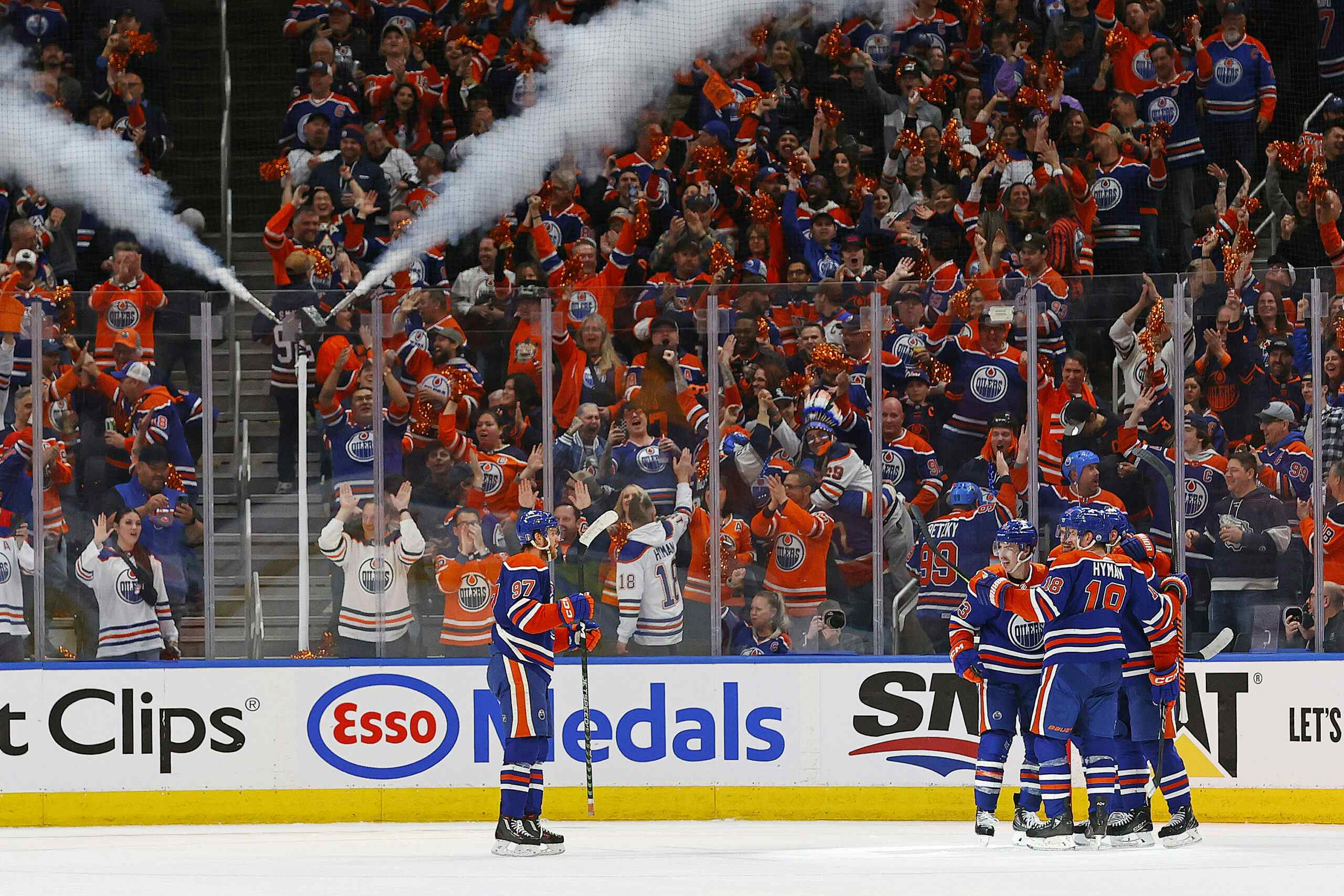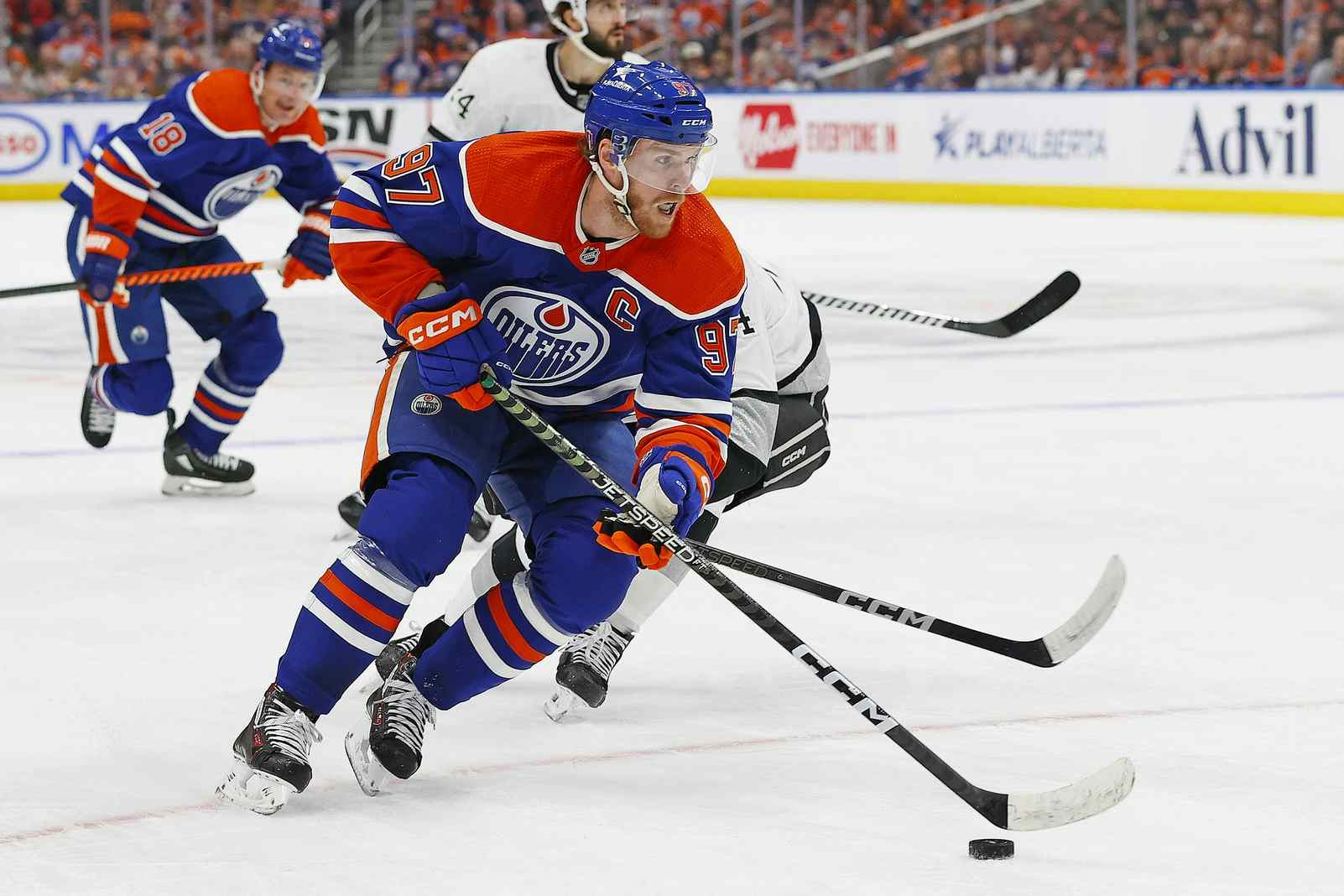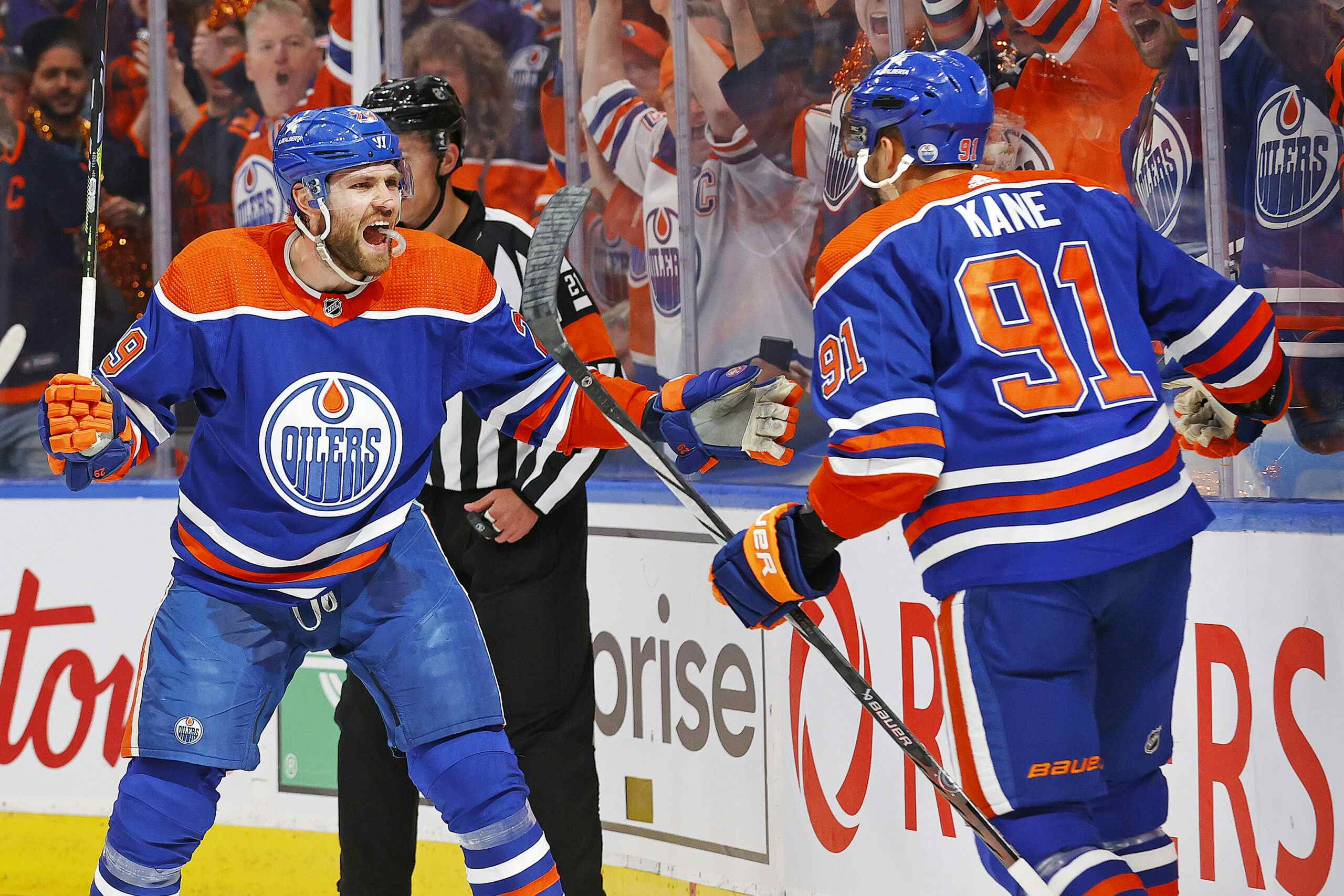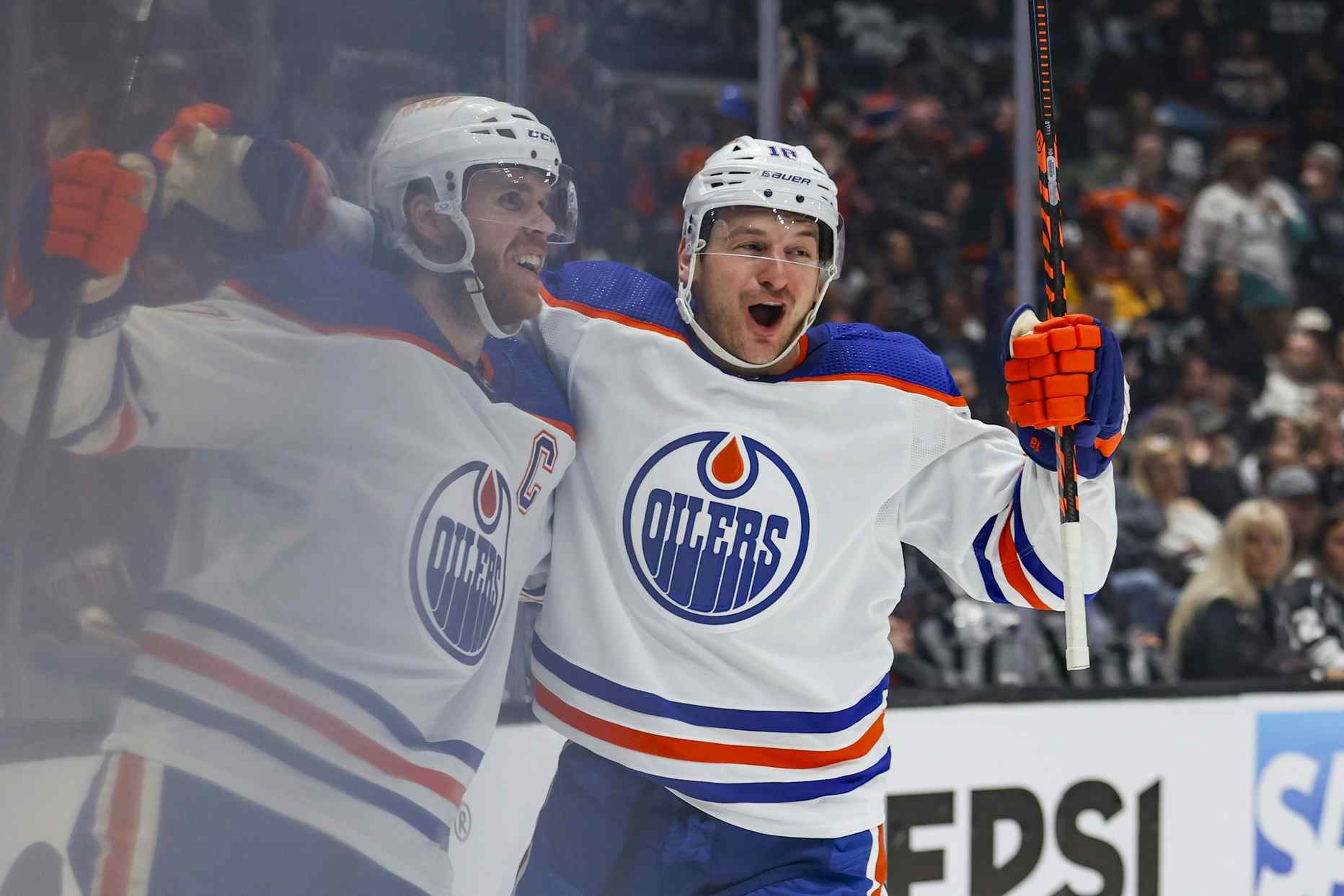Youthful exuberance mostly, well, just exuberance
I remember my youth and the feeling that will never come back any more—the feeling that I could last for ever, outlast the sea, the earth, and all men; the deceitful feeling that lures us on to joys, to perils, to love, to vain effort—to death; the triumphant conviction of strength, the heat of life in the handful of dust, the glow in the heart that with every year grows dim, grows cold, grows small, and expires—and expires, too soon, too soon—before life itself.—Joseph Conrad, Youth
Conrad is an interesting fellow. His Wikipedia entry does a decent job of describing (in brevity) his tumultuous life and some of his writing. Youth is based on his experiences as second mate of a small ship, the Palestine, bound for Bangkok.
In Youth, the principal (and somewhat autographic) character Marlow describes his odd reaction to a set of increasingly insurmountable obstacles, lamenting that his since-departed youth was what enabled him to not only endure, but thrive in such a situation. In the story, Marlow comes across as having an almost-stupid optimism, optimism that only exists because of his young and naïve excitement.
It’s funny to think about, but youth continues to induce naïve and almost-stupid optimism, and not just in the young. Reading various sportswriters and fans, it’s easy to arrive at the conclusion that youth is the magic bullet—that the greatest good a coach can do with a struggling team is “just play the kids.”
Listening to fans gush about young prospects, one would think that every junior player good enough to earn an entry-level contract is going to someday be an everyday player in the NHL. I still remember people projecting Jean-Francois Jacques (2+ years ago) as “Ethan Moreau, except with more scoring ability” (forgetting of course that Ethan Moreau was the original “Ethan Moreau, except with more scoring ability”).
I think it’s because prospects are like a blank canvas; the majority of fans have a basic idea of what kind of game they play from publications like The Hockey News, as well as their draft position, but not much else, and thus they can project their own optimism and biases on to these young players. Besides that, there are plenty of examples (let’s use Zetterberg, because it’s an obvious one) of these players drastically outperforming the expectations of the experts, so the future is still very much in the air.
The important thing to remember is that the majority of prospects end up plying their trade in the SEL, the RSL and the AHL. Even those that do end up playing full-time in the NHL are often changed players; I mentioned Moreau earlier, but guys like Marty Reasoner and Manny Malhotra were also once considered big-time offensive players.
A lot of it is luck. Injuries can destroy or alter promising careers, and have claimed many prospects that otherwise probably would have enjoyed success (Doug Lynch is a fine example here). Maturity, character and opportunity also play major roles in where players eventually end up.
The really important thing to remember is that the key to long-term success isn’t just playing a bunch of players whose major attribute is their youth. It’s finding the quality players and putting them into positions where they can gradually adapt to the NHL game. Even then, the players don’t always turn out the way they should (Tom Poti fits this description).
Gradually increasing the responsibility of players in this way also means that a team can’t run with just young players—someone needs to be doing the heavy lifting on the roster. That’s why (aside from a desire to, you know, keep his job by winning the occasional game) Craig MacTavish burned out players like Reasoner and Stoll in nasty situations last season, allowing undeniably talented prospects like Sam Gagner and Andrew Cogliano to play in situations where they could enjoy some success.
As the year went on, these players improved to the point where they could take on more responsibility (Gagner in March was a much better player than Gagner in November), and I think the management and coaching staff in Edmonton thinks they’re ready for another jump in October. It’s part of the reason Stoll and Torres were dealt in the off-season, and why Marty Reasoner was allowed to depart as a free agent this summer.
They could be right, although we won’t know until the team has played a bunch of games. I’d say the odds are probably in the 60–40 range that one of Pouliot, Brodziak or Cogliano is ready to take on a much less sheltered role with some quality wingers (Fernando Pisani is to this group what Steve “Training Wheels” Staios has been to Ladislav Smid for the past couple of years). Those aren’t odds that I’d be comfortable betting my team’s performance on. I’d much rather play an established veteran with a clear track record and clearer expectations than counting on big steps forward from a group of yet-to-be-proven players.
That’s the thing about veterans: they aren’t blank canvas, and barring a year where everything goes right (à la Dave Lowry) or everything goes wrong (à la Jarret Stoll) there aren’t a lot of surprises, good or bad. They aren’t as interesting as prospects, and there’s a lot less reason for optimism about them. They are, however, a safer bet, and if a manager doesn’t wager too much money on them, they aren’t that difficult to trade away if a young player steps up to the plate—particularly when other managers have spent their summers hoping that their respective prospects can fill a role they may not be ready for. It’s certainly easier to unload a superfluous veteran mid-season than it is to acquire a necessary one.
—Jonathan Willis is the force behind Copper and Blue, and a frequent contributor to OilersNation.com
Recent articles from Jonathan Willis






